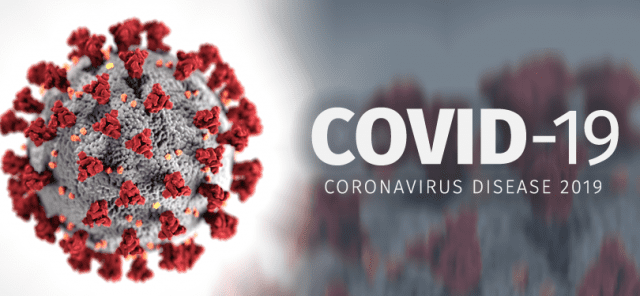
Clara Tucker is a senior biology major.
Dear Fellow Stony Brook Students,
As I’m sure you all know, the COVID-19 has reached Long Island. The virus will also reach campus. This is not a question of “if” but “when.” Many people are wondering how much we should worry, and what we should expect. This article attempts to answer that with statistical reasoning. We have not been given all the information that we need to know about this inevitable situation, partly because it’s so new.
Disclaimer: I am a student, not a health professional. I have sourced everything and tried to be as accurate and clear as possible, but the advice of health professionals should always be taken above the information in this thread. Robert Garfield, MD, a medical doctor and general practitioner in Stamford, N.Y., proofread this article to prevent the spread of misinformation.
That being said, here are some facts:
1) Outbreaks occur exponentially. As of today, March 11, if you draw an exponential curve, Long Island is currently in the elbow. To know this, we can look at Italy. From Feb. 20 to Feb. 27, the number of cases in Italy grew from 4 to 655. In the week after that, it grew to 3,858. The largest cluster of outbreaks in the entire country is in New Rochelle, which is only 34 miles from here. Long Island has 31 active cases as of now. Currently, there are four confirmed cases in Suffolk County, including one man in his early 20s, currently in isolation at Stony Brook University Medical Center. This doesn’t mean you should panic, but you should prepare.
2) The best option is to clean your hands with soap. If you don’t have soap or are in a location without soap, the Centers for Disease Control (CDC) recommends at least 60% alcohol to clean your hands, like using hand sanitizer. It is important to note that most liquor does not have 60% alcohol. If you absolutely must use liquor to sanitize your hands, make sure you check that the alcohol content is greater than 60%. Please don’t use bleach to clean your hands; it causes tissue damage. However, the best option to clean surfaces (other than skin) is a bleach solution or with a solution that contains at least 70% of alcohol. Here are instructions from the CDC to make a cleaning solution.
3) A COVID-19 infection rarely causes a runny nose, sneezing, or sore throat. If you only have these symptoms, it is likely to just be a cold or allergies—only 5% of COVID-19 cases had these symptoms. However, if you have a fever, followed by a dry cough, isolate yourself immediately and call a healthcare professional. Don’t just walk into the emergency room, or you’ll just spread it further. As a note, New York state has required health insurers to waive all patient payments associated with coronavirus, including emergency room visits.
4) Stony Brook students are not likely to die from the virus. To put things into perspective, there is a 0.2% death rate for people ages 10-39 years old who do not have pre-existing conditions — cardiovascular disease, diabetes, chronic respiratory disease, hypertension and/or cancer. However, just because you’re unlikely to die doesn’t mean you won’t get seriously ill. About 20% of cases of all ages require hospital treatment. That means if five people you know catch it, one may need to be hospitalized.
5) If you do have any of the top five pre-existing conditions mentioned above, practice self-isolation now. If you are in the most vulnerable age range — 60 and older — practice self-isolation now. If somebody you know is vulnerable, inform them about the risks and help them isolate themselves as soon as possible. Encourage everyone you know to practice all of the CDC’s cleanliness recommendations. When you have to go out, wash your hands for at least 20 seconds and as often as you can manage and do whatever you need to do to keep from touching your face. Keep at least six feet away from others.
6) A bizarre aspect of this disease is that you might become a carrier with no symptoms. No cough, no fever, nothing. And the younger you are, the more likely you are to be an asymptomatic carrier. In fact, no children under the age of 10 have died yet from this virus. One study showed that a healthy 6-month child tested positive for the virus for 16 days, despite never showing any symptoms or falling seriously ill. It’s also likely that current statistics are underestimating the number of healthy carriers since sick patients are more likely to be recorded. Even if you will eventually show symptoms, it takes an average of 5.2 days for symptoms to show.
7) Because you could become a carrier, stay away from vulnerable populations, especially as the virus infects our area. This includes your grandparents and even your parents. Similarly, keep away from younger children, since you could catch it from them, even if they appear well.
8) Panicking won’t help; neither will doing nothing. By protecting ourselves and those around us, we can slow down the spread of the virus. Most importantly, read up and share reliable information that is well-supported by medical and government officials.
This is a new disease. We can expect this information to change as we find out more about it. Keep up to date with new data and — I can’t stress enough — follow the advice of healthcare professionals.



















Robert Martens • Mar 12, 2020 at 5:43 am
What about Japan, no elbow curve there. And China already stopped the spread.